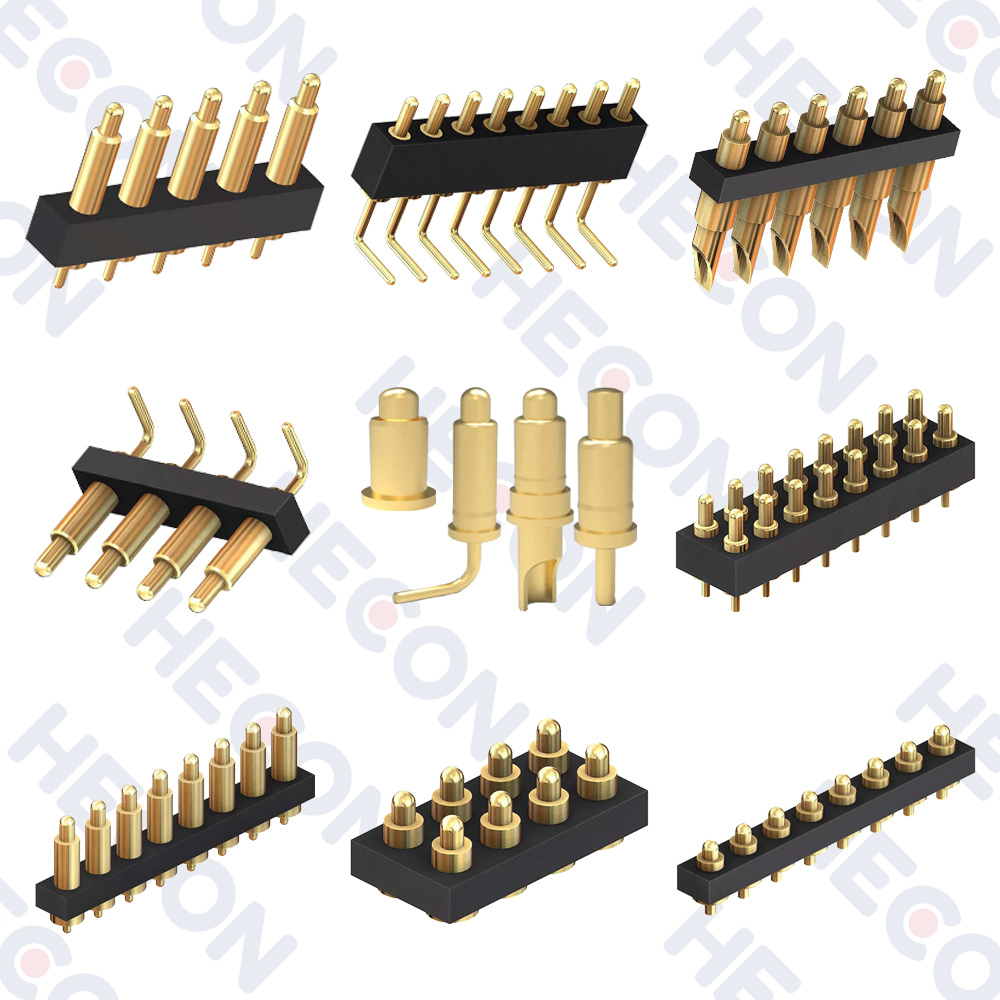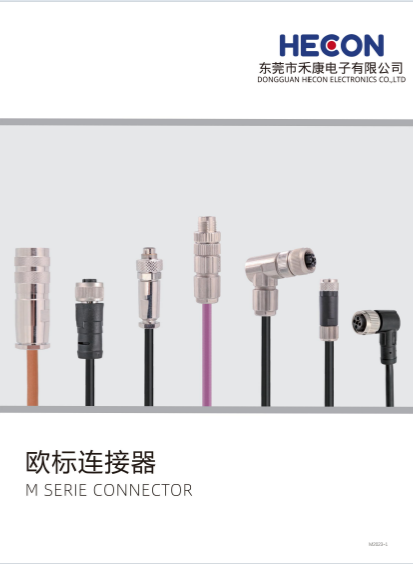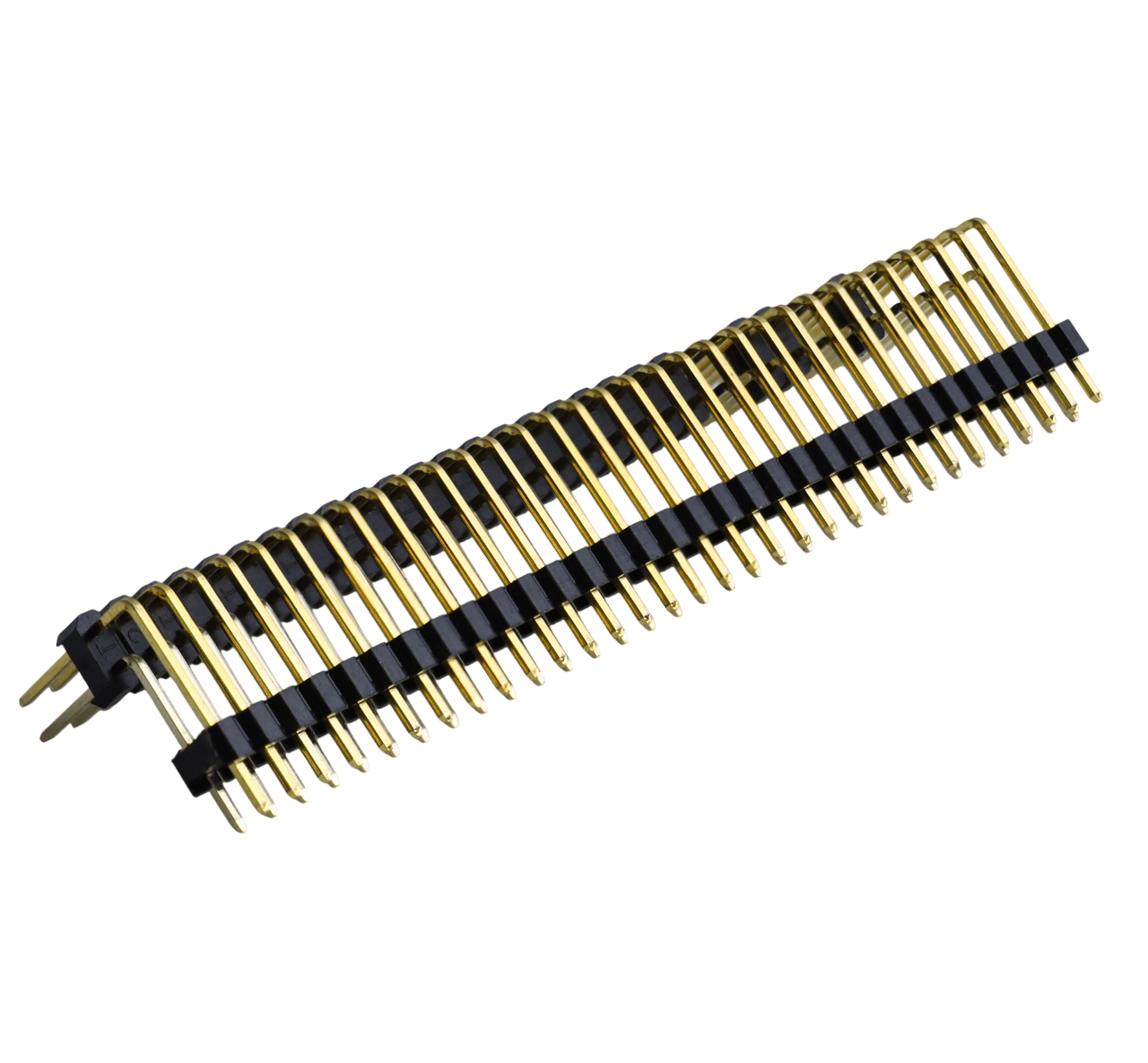Exploring the Benefits of Using 2.54mm DIN41612 Female Connectors: The Ultimate Guide for Electrical Connections
Release time:
2025-04-24
Exploring the Benefits of Using 2.54mm DIN41612 Female Connectors In the ever-evolving landscape of electrical engineering, the choice of connectors can significantly impact the performance and reliability of your projects. Among the various options available, **2.54mm DIN41612 female connectors** have gained prominence for their versatility and reliability. This article aims to provide an in-dept
Exploring the Benefits of Using 2.54mm DIN41612 Female Connectors
In the ever-evolving landscape of electrical engineering, the choice of connectors can significantly impact the performance and reliability of your projects. Among the various options available, **2.54mm DIN41612 female connectors** have gained prominence for their versatility and reliability. This article aims to provide an in-depth exploration of these connectors, highlighting their benefits, applications, and why they are essential in modern electrical designs.
Table of Contents
- What Are DIN41612 Connectors?
- Benefits of Using 2.54mm DIN41612 Female Connectors
- Applications in Electrical Engineering
- Design and Manufacturing Process
- Installation Tips and Best Practices
- Choosing the Right Connector for Your Project
- Common Misconceptions About DIN41612 Connectors
- The Future of DIN41612 Connectors
- FAQs
- Conclusion
What Are DIN41612 Connectors?
The **DIN41612 connector** is defined by the Deutsches Institut für Normung (DIN) standards, which specify the physical dimensions and electrical performance of these connectors. Primarily used in telecommunications and data transmission, the **2.54mm DIN41612 female connector** features pin spacing that allows for efficient connection and signal integrity.
These connectors come in various configurations, including single-row and multi-row arrangements, to accommodate different connection needs. The 2.54mm pitch makes them suitable for high-density applications, providing a compact solution without compromising on performance.
Benefits of Using 2.54mm DIN41612 Female Connectors
1. Enhanced Signal Integrity
The primary advantage of using **2.54mm DIN41612 female connectors** is their ability to maintain signal integrity. Their design minimizes interference and crosstalk, making them ideal for high-frequency applications. This is particularly important in data transmission where even minor signal degradation can lead to significant errors.
2. Compact Design
The compact size of these connectors allows for high-density packing in electronic devices. Designers can save space on PCBs (Printed Circuit Boards) while still providing reliable connectivity. This is crucial in modern electronics where miniaturization is often a key requirement.
3. Versatility Across Applications
From telecommunications to industrial automation, 2.54mm DIN41612 female connectors are versatile enough to be used in various fields. Their adaptability makes them a go-to choice for engineers looking for reliable connectors across multiple applications.
4. Easy Integration and Maintenance
These connectors are designed for straightforward integration into existing systems. Their standardized dimensions allow for quick and easy installation, which is beneficial during both assembly and maintenance phases. Users can replace or upgrade connectors without needing extensive modifications.
5. High Reliability and Durability
Constructed to withstand various environmental conditions, **DIN41612 connectors** boast high durability. They are resistant to vibration, shock, and temperature fluctuations, ensuring consistent performance throughout their lifespan. This reliability makes them suitable for mission-critical applications where failure is not an option.
Applications in Electrical Engineering
1. Telecommunications Equipment
In the telecommunications industry, **2.54mm DIN41612 female connectors** are commonly used in routers, switches, and other networking equipment. Their ability to handle high speeds and maintain signal integrity is crucial in this sector.
2. Industrial Automation
Industrial settings often require robust connectors to withstand harsh conditions. The durability and reliability of these connectors make them an ideal choice for use in machinery and control systems.
3. Consumer Electronics
Consumer electronics manufacturers benefit from the compact design of these connectors, allowing them to create sleek and efficient devices without sacrificing performance. They are found in everything from computers to home appliances.
4. Medical Equipment
In medical applications, where reliability is paramount, **DIN41612 connectors** provide the necessary assurance that devices will function correctly when needed the most. Their high-performance standards are essential in life-saving equipment.
Design and Manufacturing Process
The design of **2.54mm DIN41612 female connectors** involves careful consideration of material selection, pin configuration, and overall size. Manufacturers often utilize high-quality materials such as gold-plated contacts for better conductivity and corrosion resistance.
The manufacturing process typically involves precision machining and automated assembly to ensure consistency and quality. Quality control is critical, with thorough testing conducted to verify performance under various conditions. This rigorous process helps guarantee that the connectors meet international standards.
Installation Tips and Best Practices
1. Proper Alignment
When installing **DIN41612 connectors**, alignment is crucial. Ensure that the connectors are oriented correctly to avoid damage to the pins during insertion.
2. Use of Appropriate Tools
Utilize specialized tools for installation to ensure proper seating of connectors. Avoid using excessive force, which could lead to damage.
3. Regular Maintenance Checks
Conduct regular inspections to identify any signs of wear or damage. This proactive approach can prevent future connectivity issues and maintain system integrity.
Choosing the Right Connector for Your Project
When selecting a **2.54mm DIN41612 female connector**, consider factors such as the specific application requirements, environmental conditions, and compatibility with existing systems. Evaluate the number of pins needed and ensure it aligns with your design specifications.
Common Misconceptions About DIN41612 Connectors
1. They Are Only for Telecommunications
While these connectors are widely used in telecommunications, their applications extend far beyond this sector. They are suitable for various industries, including industrial automation and consumer electronics.
2. They Are Difficult to Install
Some users perceive **DIN41612 connectors** as challenging to install; however, with the right tools and techniques, installation can be straightforward and efficient.
The Future of DIN41612 Connectors
The technological landscape is continually evolving, and so are the demands for connectivity solutions. **DIN41612 connectors** are expected to adapt to these changes, incorporating advancements in materials and design to meet the emerging requirements of high-speed data transmission and miniaturization.
As industries continue to embrace IoT and smart technologies, the role of reliable connectors like the **2.54mm DIN41612 female connector** will only become more critical in ensuring seamless connections across devices and systems.
FAQs
1. What is the pin spacing for 2.54mm DIN41612 connectors?
The pin spacing for **DIN41612 connectors** is standardized at 2.54mm, making them suitable for high-density applications.
2. Are DIN41612 connectors environmentally friendly?
Many manufacturers are now using eco-friendly materials and processes to produce **DIN41612 connectors**, aligning with global sustainability initiatives.
3. Can I use these connectors in outdoor applications?
Yes, but it's essential to select connectors with appropriate ratings for environmental resistance to ensure durability in outdoor settings.
4. How do I maintain DIN41612 connectors?
Regular inspections and cleaning can help maintain the integrity of **DIN41612 connectors**. Ensure they are free from dust and corrosion.
5. What industries commonly use 2.54mm DIN41612 connectors?
These connectors are widely used in telecommunications, industrial automation, consumer electronics, and medical equipment.
Conclusion
The **2.54mm DIN41612 female connector** stands out as a reliable and versatile solution for a wide range of electrical applications. Its benefits, including enhanced signal integrity, compact design, and high durability, make it an essential component in modern engineering. As technology continues to advance, the importance of robust and efficient connectors will only increase. Engineers and designers can leverage this knowledge to make informed decisions that will enhance their projects and ensure long-lasting performance.






